Help students strengthen subitsing skills with this multiplayer maths card game!
Add this Game to Your Subitising Activities!
Subitising… What is that? Subitising is the ability to instantly recognise clusters of objects and mentally group them together. This is an important foundational skill that will help students with addition concepts. This resource is a great way to review subitising skills but in a fun way! With our “Subitising Slap It!” game, students will have an opportunity to practise their visual clustering skills with this competitive activity.
To play:
- Shuffle both the dot cards and the number cards. Place the number cards face down in a pile in the middle of the playing area.
- Distribute the dot cards evenly among the players.
- The youngest player flips over a number card in the centre.
- In a clockwise direction, players flip over one dot card at a time. Players will look at each turned-over card and see if the number of dots matches the number in the middle.
- If none of the players turn over a dot card that matches the number card, all players stack their dot cards in the middle, next to the number card.
- When a dot card is flipped over that matches the number card in the middle, the first player to slap the number card gets all of the dot cards that are in the middle of the playing area.
- The person with the most dot cards at the end of the allotted time wins!
Through this activity, students will instantly recognise the quantity of a small group of objects in organized and random arrangements.
Tips for Differentiation + Scaffolding
Use this subitising game to enhance learning through guided maths groups or whole class lessons.
If you have a mixture of above and below-level learners, check out these suggestions for keeping students on track with the concepts:
🆘 Support Struggling Students
Help students who need help understanding the concepts by limiting the number of players. This way, students will only have to look at their card and their partner’s card.
➕ Challenge Fast Finishers
For students who need a bit of a challenge, encourage them to say how many more dots are needed (or taken away) to equal the number card.
🏃 Relay Race
Divide students into two team lines and show a dot card to the students at the front of each line. The student that produces a correct number first wins the flashcard. The team with the most flashcards at the end of the game wins!
💃 Mirror Game 🕺
This activity works best with small groups because you’ll need enough dry-erase boards and markers for each student. Divide your class into two groups seated in 2 lines facing each other. Project a task card and give students a set time to record their answers on their boards. On your cue, the students turn their boards around so their partner can see their answers. If both students in a pair have the correct answer, they get 2 points. If one has the correct answer, the team gets 1 point.
Easily Prepare This Resource for Your Students
Use the dropdown icon on the Download button to choose between the PDF or editable Google Slides version of this resource.
Print on thick card for added durability and longevity. Place all pieces in a folder or large envelope for easy access.
This resource was created by Lauren Blankenship, a Teach Starter Collaborator.
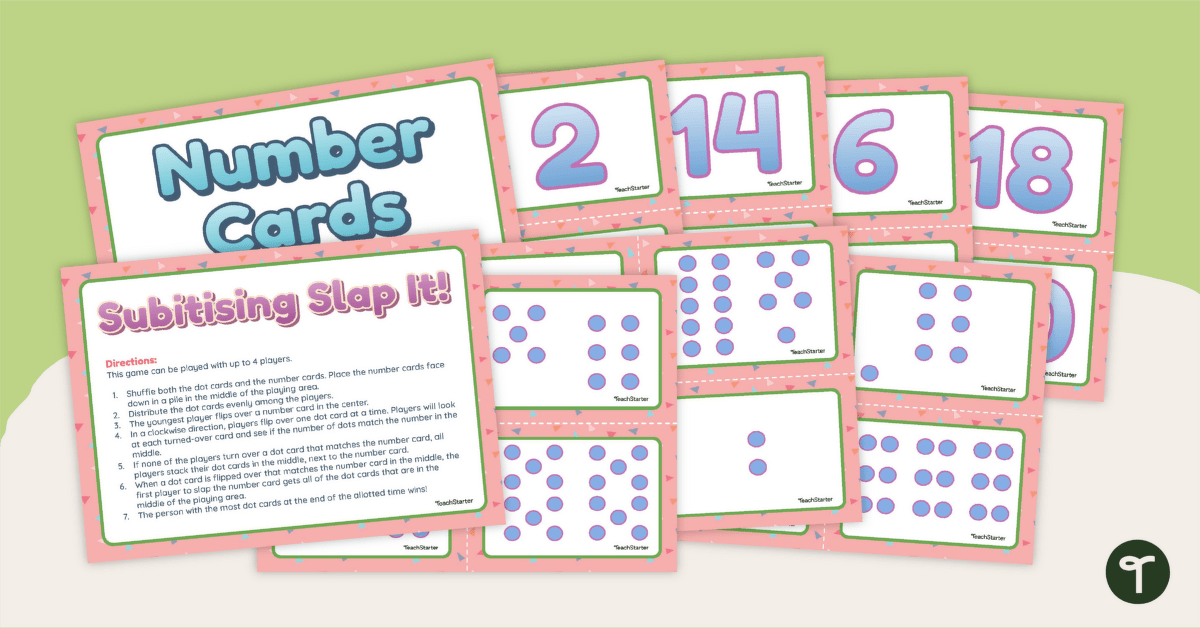


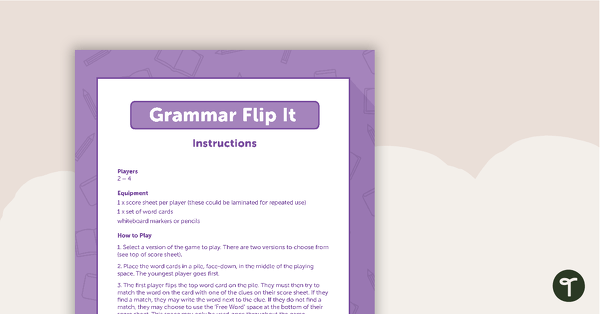
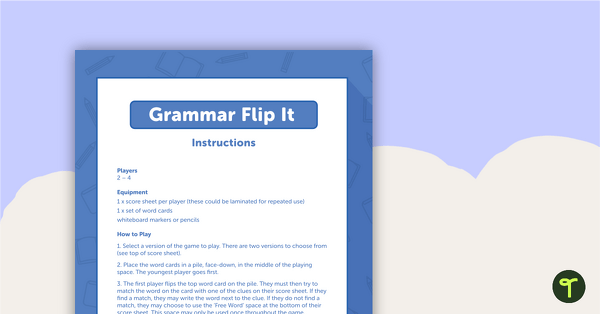
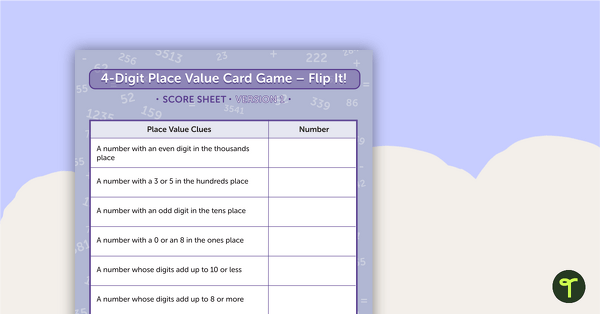
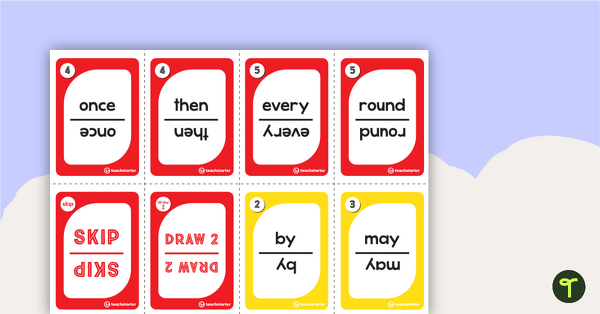
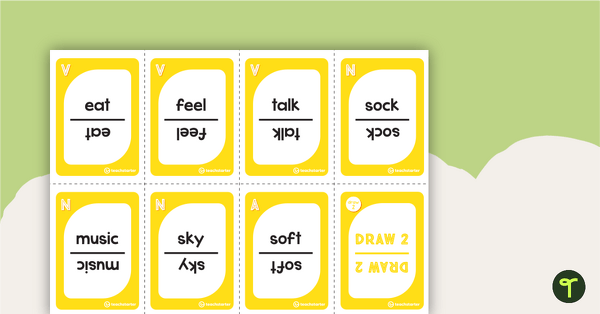
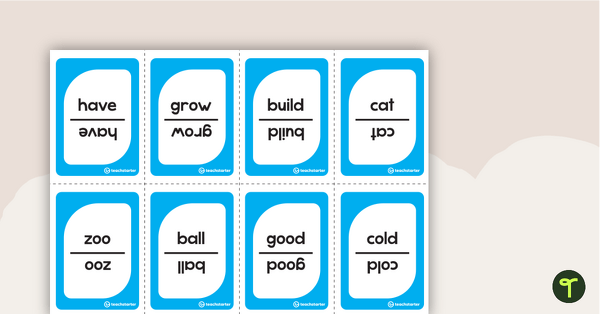
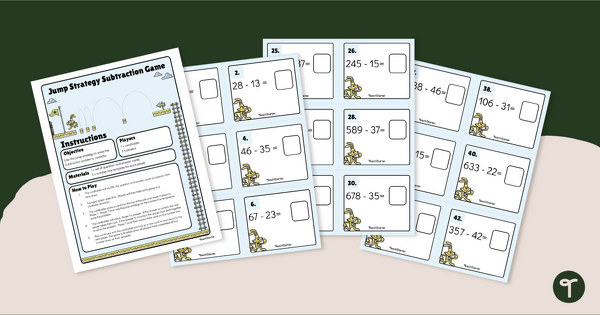

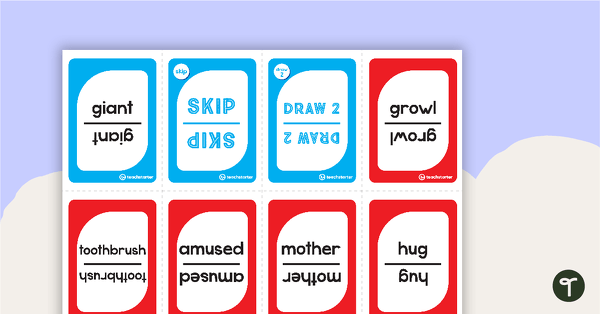
0 Comments
Write a review to help other teachers and parents like yourself. If you'd like to request a change to this resource, or report an error, select the corresponding tab above.